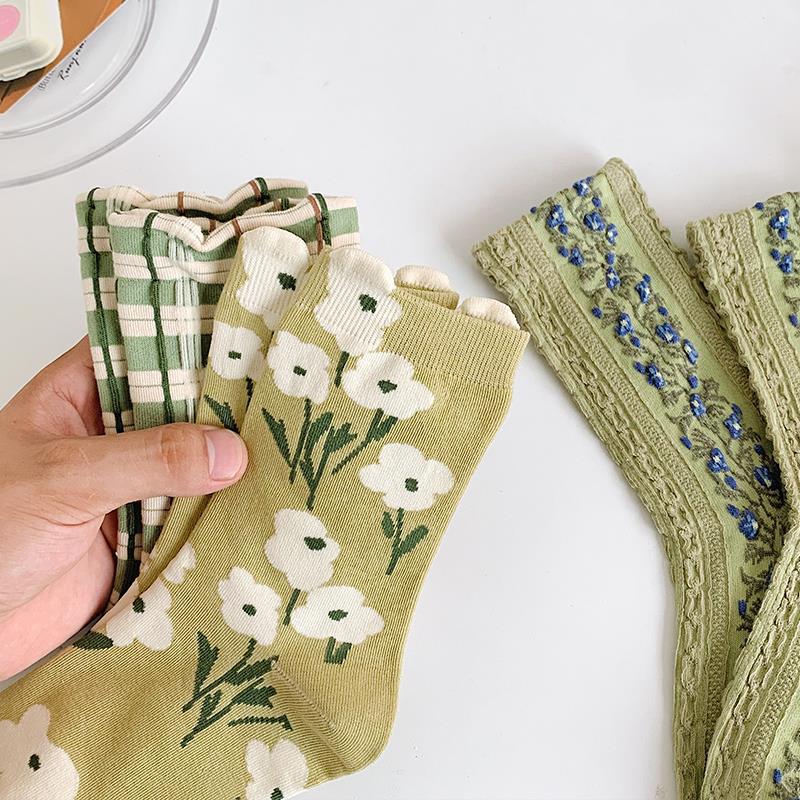When it comes to footwear, socks are often the unsung heroes. They protect our feet from blisters, absorb sweat, and keep our shoes smelling fresh. But did you know that socks can also play a critical role in foot health and overall wellness? In this blog post, we’ll explore the ways in which socks can impact your foot health and offer tips on how to choose the right socks for your needs.
Proper Fit
The first and perhaps most important factor to consider when it comes to sock health is proper fit. Socks that are too tight or too loose can cause a host of problems, including blisters, chafing, and circulation issues. When shopping for socks, look for ones that fit snugly but not too tight. A good rule of thumb is to choose socks that have a slight compression feel but not to the point of discomfort.
Material Selection
The material of your socks can also play a big role in your foot health. Synthetic materials like polyester can trap moisture and lead to sweaty, uncomfortable feet. Look for socks made from natural fibers like cotton or wool, which are breathable and help wick away moisture.
For athletes, socks made from moisture-wicking fabrics like nylon or polyester blends can help keep feet dry during intense workouts. These materials are designed to wick away sweat and moisture, helping to prevent blisters and other foot problems.
Sock Height
The height of your socks can also impact your foot health. For example, wearing ankle socks with sneakers or loafers can leave your ankles exposed to chafing or rubbing, which can cause painful blisters. On the other hand, wearing knee-high socks with boots or hiking shoes can provide added protection and support for your calves.
If you’re unsure which sock height to choose, consider the type of shoes you’ll be wearing and the activities you’ll be doing. For running or other high-impact activities, consider wearing mid-calf or knee-high socks for added support.
Choosing the Right Socks for Your Needs
When choosing socks, it’s important to consider your specific needs and lifestyle. For example, if you work on your feet all day, you may want to choose socks with added cushioning for added comfort and support. If you’re an athlete, look for socks designed specifically for your sport, like running socks or basketball socks.
For those with diabetes, it’s important to choose socks that offer extra cushioning and protection. Diabetic socks are designed with soft, non-irritating materials that reduce the risk of blisters and improve circulation in the feet. They are also seamless and have a non-binding top, which helps to prevent rubbing and chafing.
In Conclusion
In conclusion, socks can play a significant role in foot health and overall wellness. From proper fit to material selection and sock height, there are several factors to consider when choosing the right socks for your needs. By taking the time to choose the right socks and paying attention to your foot health, you can help prevent blisters, chafing, and other foot problems, and keep your feet feeling healthy and comfortable all day long.




